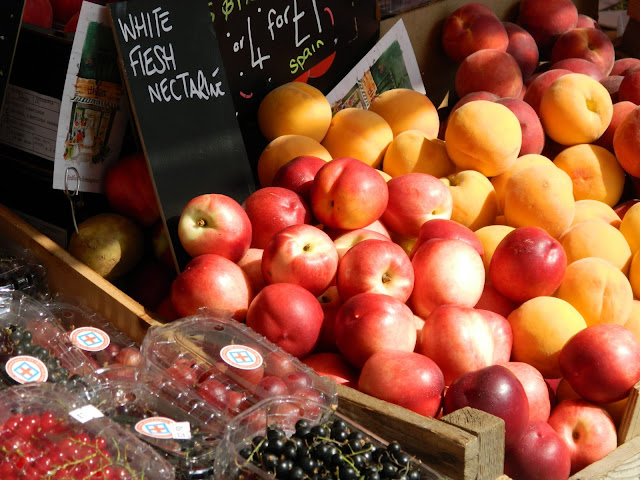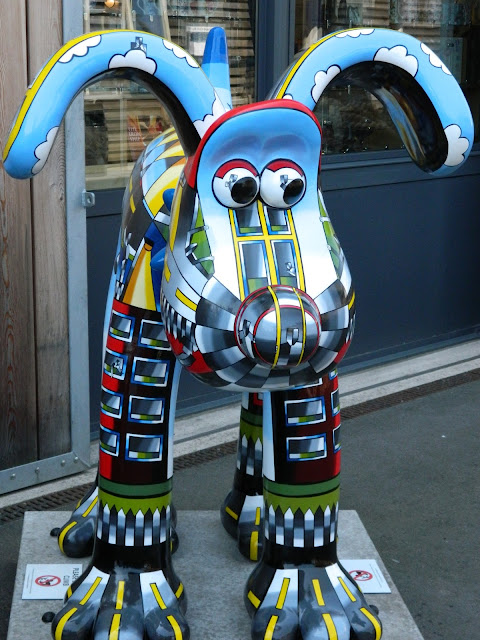Brussels is located in the northern half of Belgium just above the main language border which separates the Flemish-speaking northern region and the French-speaking southern region of Belgium. The country is bordered by four countries: France, the Netherlands, Germany and Luxembourg and has a coast facing the North Sea across from the United Kingdom. Due to the country’s central location, Brussels’ transport infrastructure is highly developed and the city is easily reachable by air, train, bus, car and even ferry.
Eating out is one of the pleasures of visiting Brussels but you need to know where to eat otherwise you will fall into tourist traps. Just because a place is crowded doesn’t mean the food and beverages are good. Know where the locals go to be treated with first class service and some really enjoyable fare. Brussels people love good food, good beers and a relaxing atmosphere. If this sounds like you then you’ll fit right into the dining scene.
Waffles are a dough-based cake that is cooked on a waffle iron with different shapes to give them their distinctive shape, design and indentations. Different varieties of waffles are eaten around the world; in Belgium, the Netherlands, Scandinavia, the United States and Hong Kong.
Belgian waffles are made with thick wads of dough grilled on a heating iron to make deep, square-shaped indentations. The smell of freshly-made Belgian waffles is always wafting from the corner shops or snack food vans to attract anyone to sample some. Some home recipe variations will use baking powder instead of the yeast as a leavener, or both baking powder and yeast. Using baking powder is faster, though the tang from the yeast will be missing: some people say they prefer using baking powder because they don't like the tang.
There are two types of waffles which you will see being sold on the streets, in restaurants and casual snack shops of Brussels.
Brussels Waffles
One is Brussels Waffles (Gaufre de Bruxelles), made from batter leavened with beaten eggs. It is served with powdered sugar or chocolate.
Liège Waffles
The waffles from Liege are also widely sold in Brussels. They are popular on snack food vans and corner shops in metro stations. Liege waffles are slightly oval shaped with sugar baked into the waffle dough making them slightly chewy and very sweet.
Some history,
 In 1958, at the World Fair in Belgium, a man named Walter Cleyman sold waffles within the World's Fair compound area. He served them topped with whipped cream and fresh fruit, and dusted with icing sugar. Previously, Americans had only experienced waffles with syrup on them. Cleyman sold around 400,000 waffles at the fair that year.
In 1958, at the World Fair in Belgium, a man named Walter Cleyman sold waffles within the World's Fair compound area. He served them topped with whipped cream and fresh fruit, and dusted with icing sugar. Previously, Americans had only experienced waffles with syrup on them. Cleyman sold around 400,000 waffles at the fair that year.
Cleyman won a place to sell his waffles again at the 1962 World's Fair in Seattle. To help him, he brought over from Belgium his wife, his two daughters, and his gas-powered waffle irons. He opened two waffle stands: one on Boulevards of the World, the other near the International Fountain. One was actually a large restaurant, on a corner, built in the style of a Belgian or Dutch building.
http://www.cooksinfo.com









































































